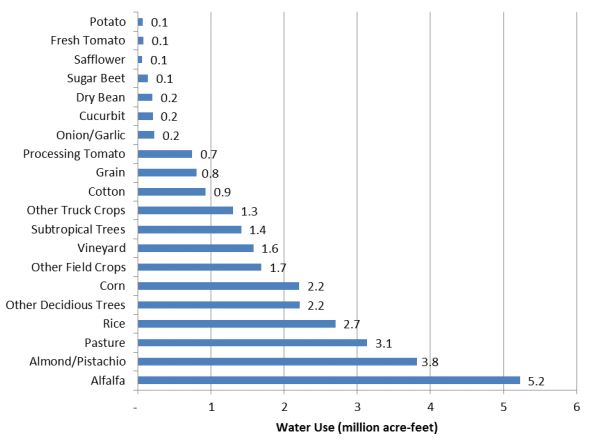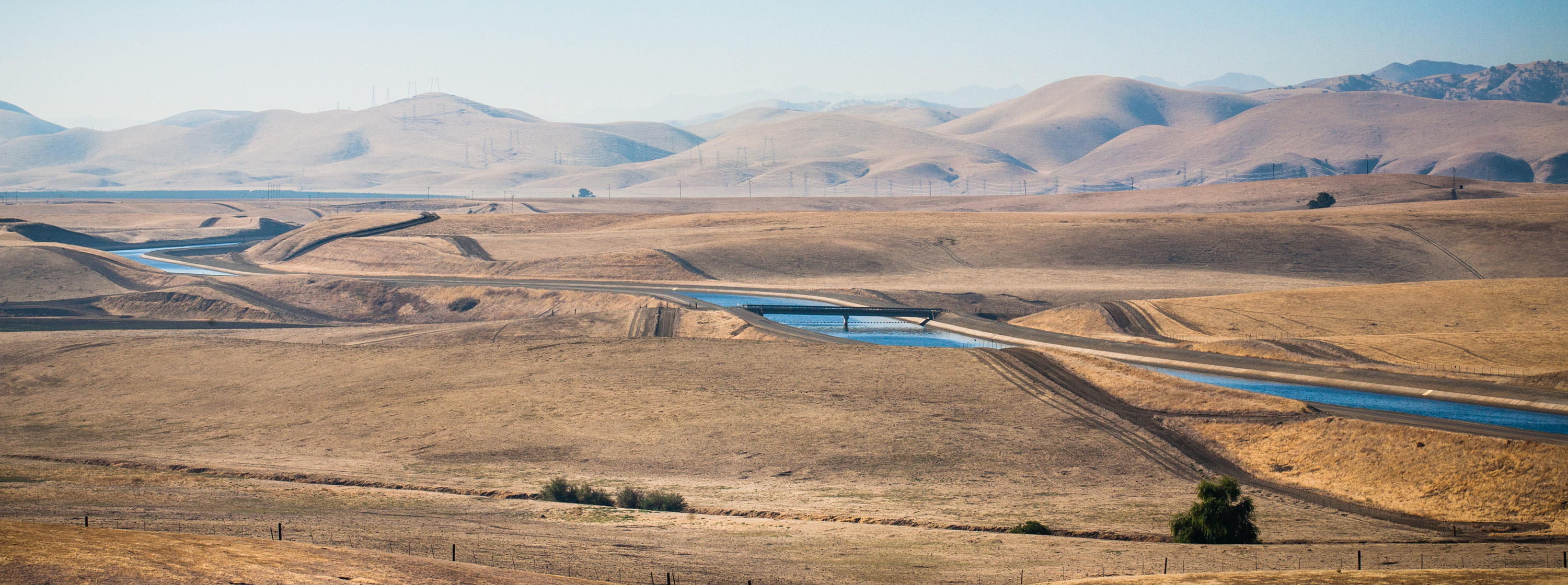 How and where the Californian drought has worsened over time
How and where the Californian drought has worsened over time
As I cruised down a neighborhood in Baldwin Hills, I noticed a noteworthy change had taken place.
Several homeowners had switched from traditional green lawns to a lawn consisting mostly of drought-resistant plants. This would have been peculiar in any other state, but in drought-torn California this has become the norm.
With California entering the fifth year of its record-breaking drought, civilians and politicians alike are coming up with ways to conserve water. Governor Jerry Brown ordered cities across California to cut back water use by 25%. The state nearly met Governor Brown's mandatory water cutbacks with cities cutting cumulatively 24.8% of their water usage.
Although cities across California adjusted and supported the cutbacks established by Brown, others have outright refused to follow them.
In an interview with The Washington Post's Kuznia in 2015 , one homeowner after facing water usage restriction asked reporters "What are we supposed to do, just have dirt around our house on four acres?."
Cutting back on water use is the bare minimum of what civilians should be doing to help alleviate the drought, yet some citizens refuse to make any changes to their lifestyle even if it's for the well-being of society as a whole.
However, urban water usage only accounts for 10% of California annual water usage, whereas the agriculture industry accounts for 40% meaning the real cutbacks in water usage should be taking place in agribusiness.
Particularly, the meat industry's water usage should be heavily regulated since they use the bulk of the water. Alfalfa is California's most thirsty plant, with a staggering 5.2 million acres of it being grown and watered in California.

Graph by the Pacific Institute showing Alfalfa's outrageous water use
Alfalfa's primary role is feeding cows, so if we had fewer cows or thinner cows the need for alfalfa would be reduced. Another way to reduce the number of cows would be with legislation.
If Governor Jerry Brown would place restrictions on livestock farmers water usage, less meat would be produced. If less meat is produced, supply and demand would kick in and meat prices would increase. If meat prices are increased, people would eat less meat, saving more water.
Unfortunately, this is highly unlikely to happen because the Agribusiness industry is one of the highest spending lobbying groups in the United States.
In 2015, the agribusiness industry spent a whopping 131 billion dollars lobbying.
What can the consumer do to combat against the excessive amounts of water used by livestock farmers?
It's simple, consumers need to eat less meat.
If all 38.8 million Californians committed to not eating meat one day out of the week, it would significantly impact the meat industry.
The demand for meat would decrease and fewer cows would be farmed, ultimately resulting in less water being used. It would also let restaurant and food distributors know that the American people want more meatless options, increasing the demand for produce.
Not only would Californian's reducing their meat consumption help alleviate the drought, it would also benefit their health. Meat consumption has often been linked to an increased risk for heart disease and lowered life expectancy.
However, reduced demand for meat would have a detrimental impact on small business livestock farmers.
Livestock Farmers aren't evil people just out to seek a profit at animals expense, they're just like any other Americans in the sense that they're just trying to be successful and provide for their families.
"Lots of people around here either grow hay or alfalfa and if their not on well, the cost of the water is so high that they've lost significant business and have just decided to give up," Meredith of Autonomy farms described to me how the drought had run some of her friends in the agriculture industry out of business.
Autonomy farms is an organic farm located in Bakersfield, California that sells both produce and livestock.



